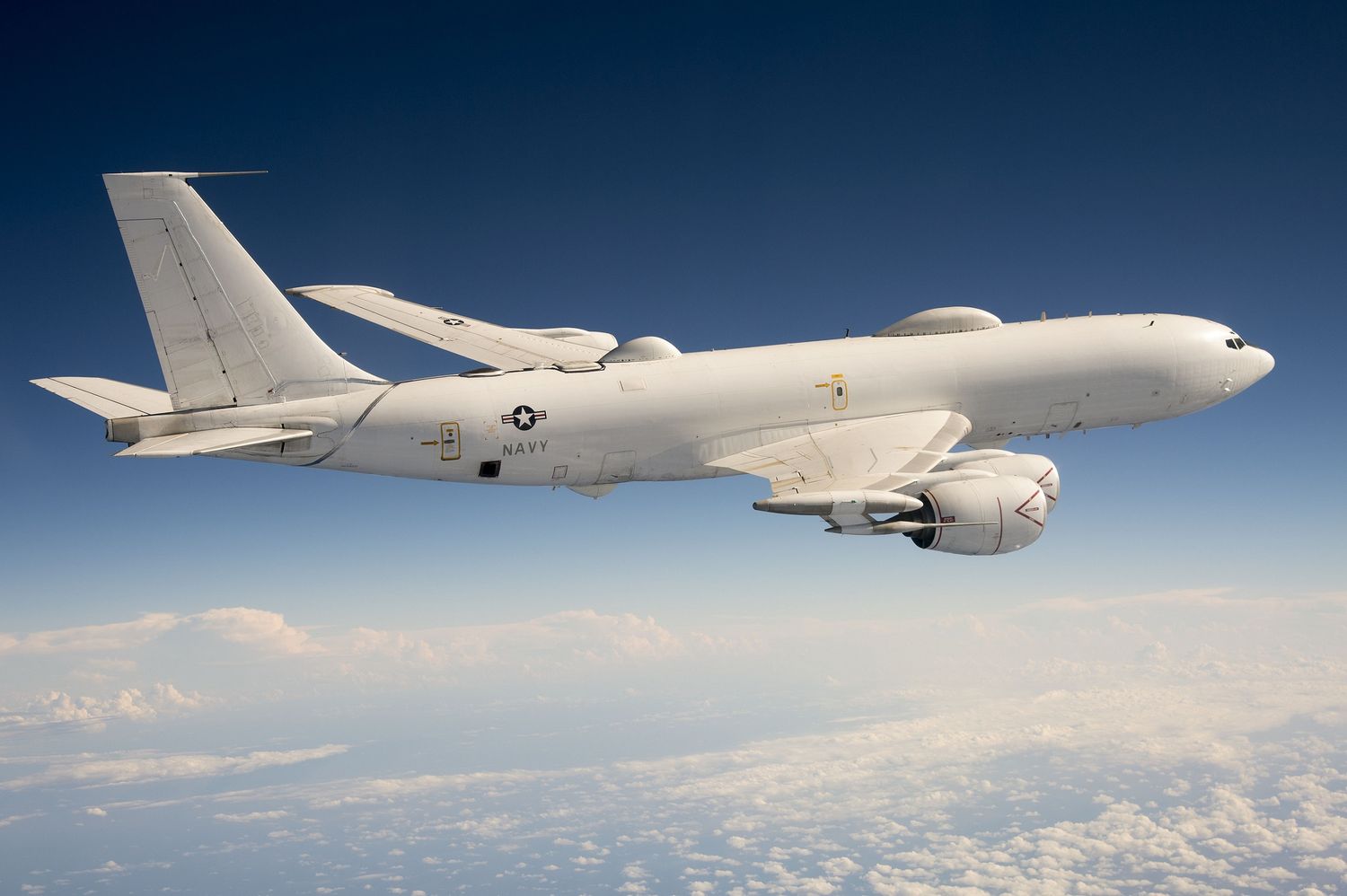Farewell to the E-6B Mercury: it will be succeeded by the E-130J in the US Navy’s TACAMO strategic nuclear communications missions
The U.S. Navy unveiled the name of its next Take Charge and Move Out (TACAMO) mission aircraft, which will be the E-130J. This new aircraft will take on the crucial task of maintaining communication between the president, secretary of defense and U.S. Strategic Command with submarine-based ballistic missile forces, taking over from the veteran E-6B Mercury fleet.
The E-130J – which had been provisionally designated E-XX – is a special mission aircraft derived from the proven C-130J-30 Super Hercules airframe and is designed to provide an airborne nuclear command, control and communications (NC3) system that is both reliable and rugged. The common name – e.g., Mercury – for the new E-130Js has not yet been selected.

The U.S. Navy’s Strategic Airborne Command, Control and Communications Program Office (PMA-271) and Strategic Communications Wing 1 (SCW-1) are acquiring E-130J aircraft through the TACAMO Recapitalization Program. The solicitation to select a prime contractor to integrate TACAMO mission systems, including Collins Aerospace’s Very Low Frequency (VLF) subsystem, into government-provided C-130J-30 aircraft closed in April 2024. Contract award is scheduled for January 2025.
“I am proud to announce that the U.S. Navy’s new TACAMO aircraft will be the E-130J,” said PMA-271 Program Manager Capt. Adam Scott. “This is an important milestone as we work toward delivering the next generation of TACAMO aircraft to the warfighter.”

SCW-1 squadrons, based at Tinker Air Force Base in Oklahoma, will lead E-130J operations. «Ironmen» from VQ-3, ‘Shadows’ from VQ-4 and ‘Roughnecks’ from VQ-7 will be tasked with this critical mission, which ensures continuous communication between Washington and the primary U.S. nuclear deterrent asset: the fleet of Ohio-class nuclear-powered ballistic missile submarines (SSBNs). These submarines are capable of up to 77 days at sea and are armed with 20 Trident D5 submarine-launched ballistic missiles, although their design allows them to carry up to 24 missiles, each with multiple warheads.
As the E-6B Mercury, which were for decades a mainstay in command and control operations, nears deactivation, the introduction of the E-130J becomes a vital element in ensuring the continuity of U.S. strategic and nuclear deterrent capabilities.


Comentarios
Para comentar, debés estar registrado
Por favor, iniciá sesión